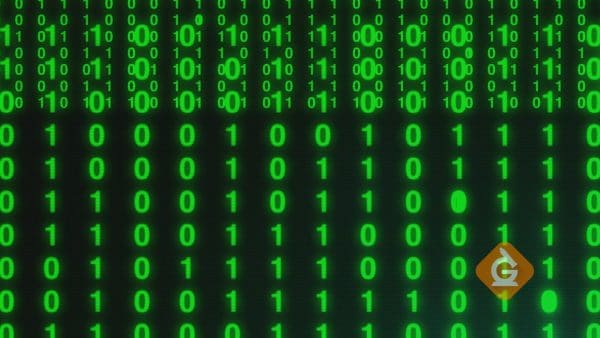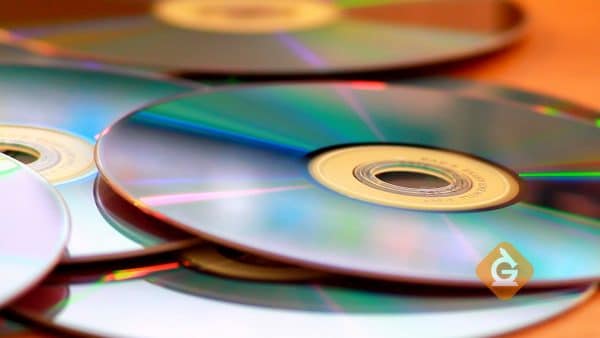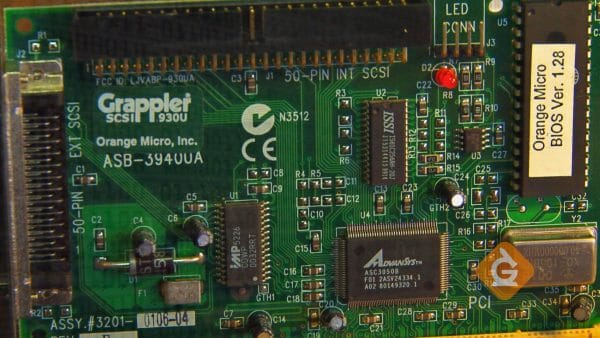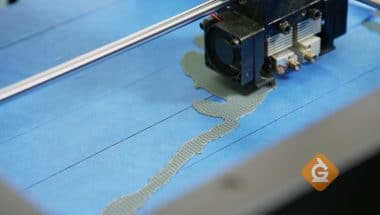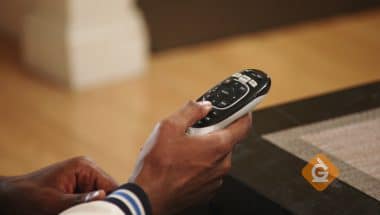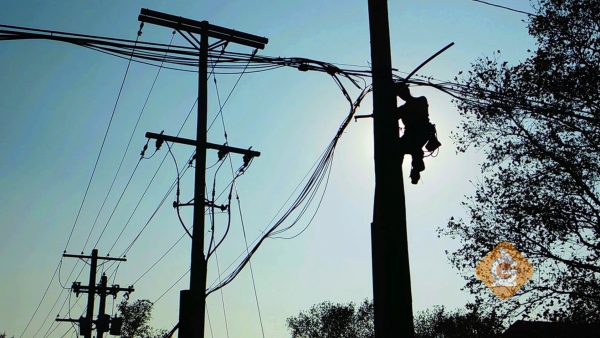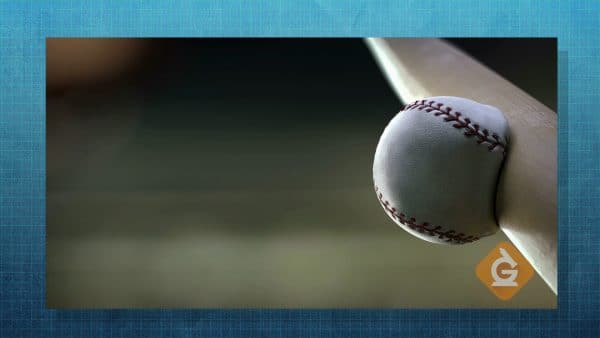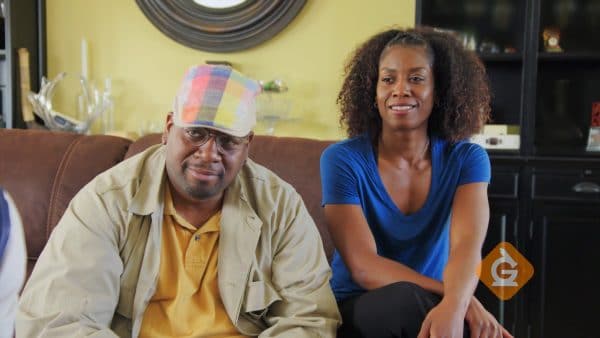Computers transmit images through a pattern of 1’s and 0’s to 3D printers. The printer uses instructions in the form of 1’s and 0’s in order to print.
Patterns are used to send and receive information.
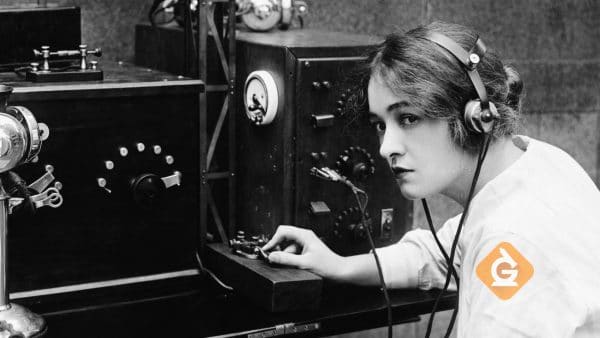
Before electricity was invented, there wasn’t a quick and easy way to send messages over long distances.
People communicated using written letters. After electricity was invented, people started using electronic patterns to communicate.
In 1944, the first Morse code machine was invented. This machine sent the earliest text messages through a pattern of long and short beeps that correspond to letters and numbers. One person would send the message using the Morse code machine, and then another person would decode the message into letters and numbers. The information traveled as electrical signals across telegraph lines.

